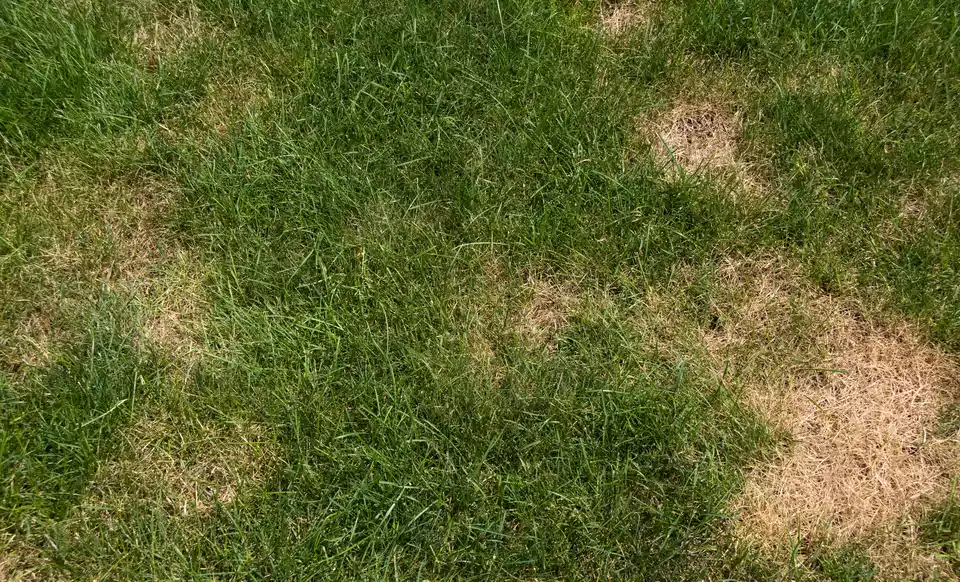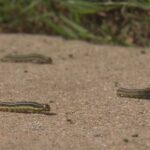Each year there’s a surefire way I can tell it is fall in North Texas…we start getting calls about brown rings (or patches) in our customer’s lawns.
These brown rings are called Brown Patch and is a fungus that attacks St. Augustine in the fall (and spring.) The reason we experience so much Brown Patch during these two seasons is because our warm days and cool evenings mean your lawn never fully dries and Brown Patch thrives in these conditions.
To understand Brown Patch you need to consider that St. Augustine is a tropical plant and our North Texas summers of blistering heat coupled with cold winter days put far more stress on it than in places like Houston or Orlando, Florida.
The stress of summer followed by fall-like condition of warm days and cool nights create the perfect environment for Brown Patch.
The truth is that for the most part Brown Patch is just unsightly (it will go away after our first frost.) The risk is if we have a cold enough winter, these weakened areas might suffer freeze damage.
If you want to avoid or treat Brown Patch I recommend watering your lawn in the morning so it has the best chance to dry during the day. You can also cut back your watering in shady areas. Instead of 30 minutes per week, try 10 or 15 minutes in those areas.
Another thing to note if you are doing your own fertilization is that Brown Patch feeds on nitrogen. You need to avoid high-nitrogen fertilizers in St. Augustine lawns during early spring and fall. At Village Green we use a 5-10-31 ratio fertilizer.
Finally, if you see signs of Brown Patch you should treat the areas with Propiconazole. This isn’t going to make the Brown Patch go away, but it will stop the spread into other areas of your lawn.
If you have questions or need help give us a call at 972-495-6990 or email [email protected].



